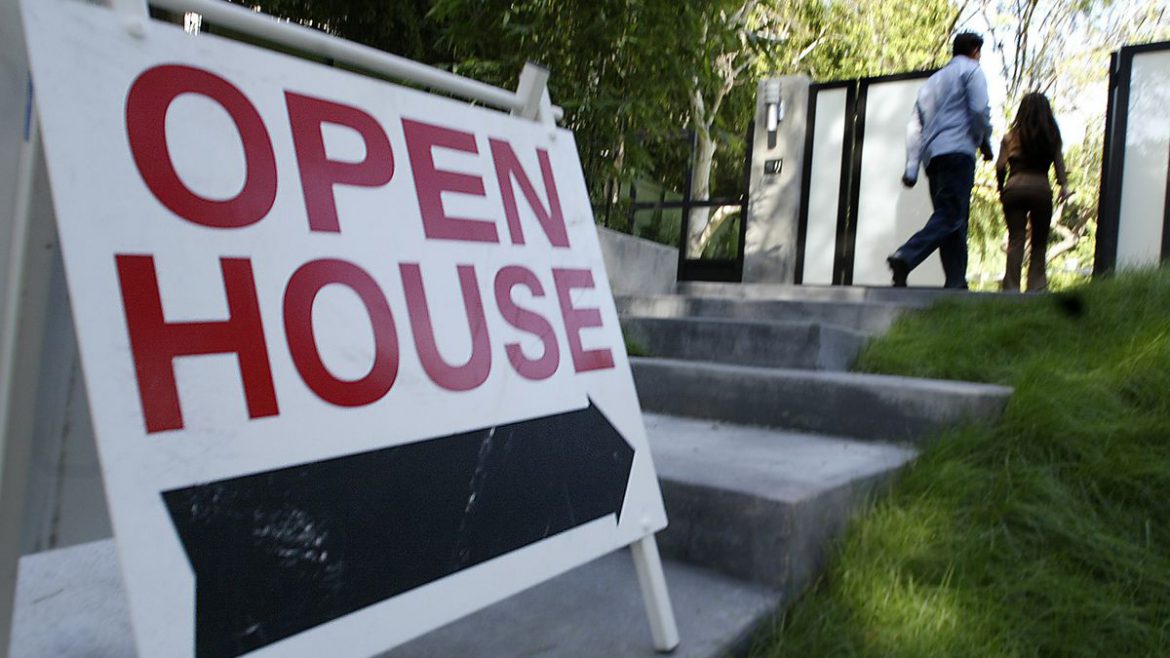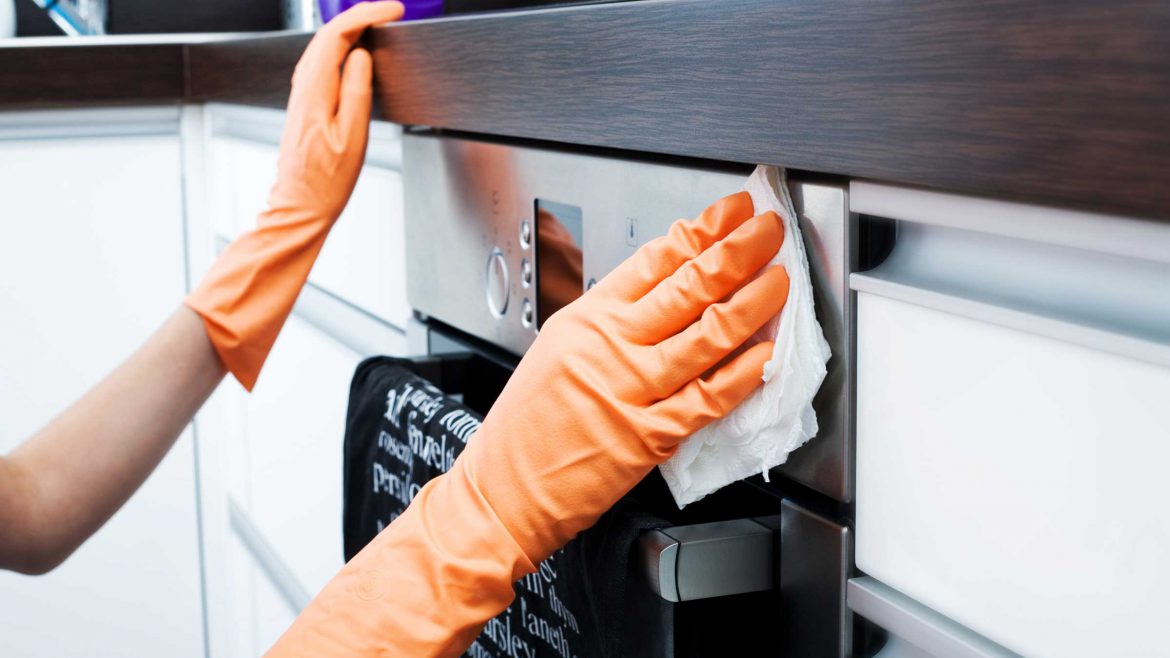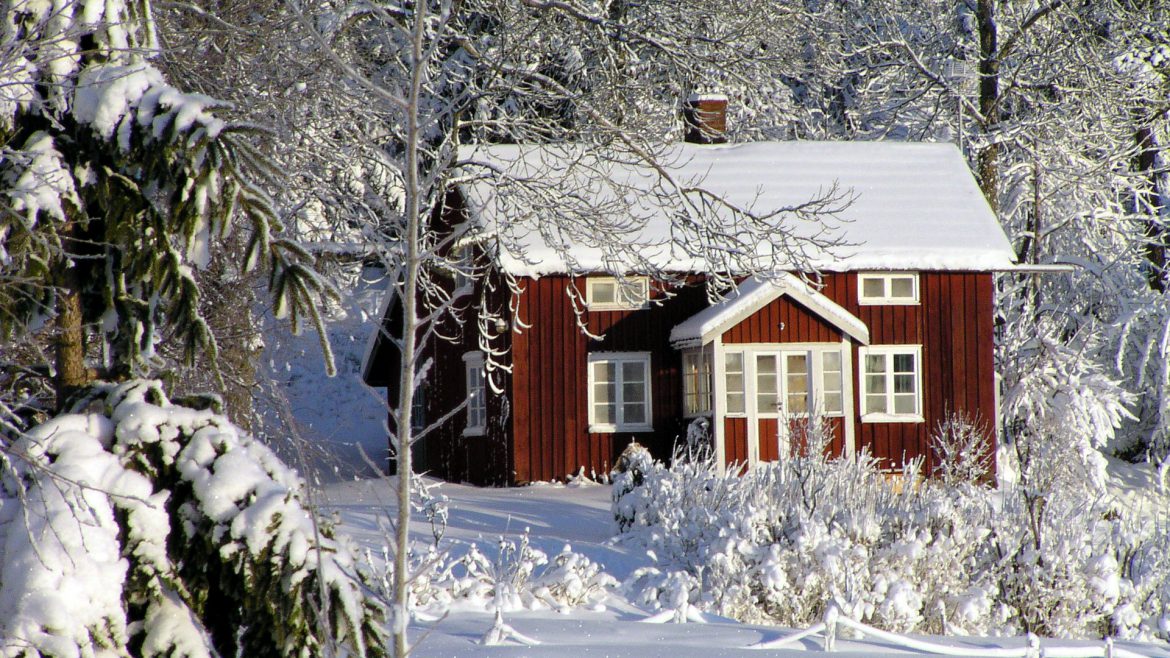What will a post-pandemic real estate industry look like
https://imaginahome.com/wp-content/uploads/2020/04/toronto-3112508_1920-1024x576.jpg 1024 576 Nisha Muire Nisha Muire https://secure.gravatar.com/avatar/09971b406125a2f92a37bf65b08fd3c3?s=96&d=mm&r=gThe Toronto real estate market has seen sales drop by 69% in the last four weeks according to
Canadian Mortgage Trends. The impact of social distancing and self-isolation have clearly taken their toll on the once vibrant property game. In fact, at the beginning of 2020, it was poised to have a stellar year with prices heating up to levels not seen since 2016. What, given the current situation and possible future of continued social distancing, will the Toronto real estate market look like once we turn the corner on this pandemic?
Should directives for social distancing remain in place, it is evident the technologies that facilitate virtual home visits will see an uptick in popularity. Virtual home tours and 3D tours are one of the best ways to showcase a property so that potential buyers get a real sense of what the home has to offer and what it is like to walk through it. The advantage of these “virtual” open houses tours is that buyers can ask questions about what they are seeing and get immediate feedback. Agents can also give commentary and point out highlights as they go along.
Another technological innovation that has come into use recently is the virtual open-house using platforms such as Zoom or Messenger. Buyer’s either join a scheduled open house and can “walk-through” the property with the agent in real-time along with other buyers or they can request a private walk-through just for themselves.
With the start of social distancing, many brokerages and agents have also ceased accepting checks as payment – moving forward, you can expect these measures to remain in place and for all monetary transactions to be done electronically.
After the pandemic, agents who wish to go back to conducting open-houses will likely have to schedule time slots for their buyers so that listing agents can minimize the number of visitors to the home at a time.
It is clear that things will have to change following the pandemic, however, there will always be a way around whatever safeguards are in place for our health. Agents and brokers will find the tools necessary to assist buyers in finding the right home for their families.






